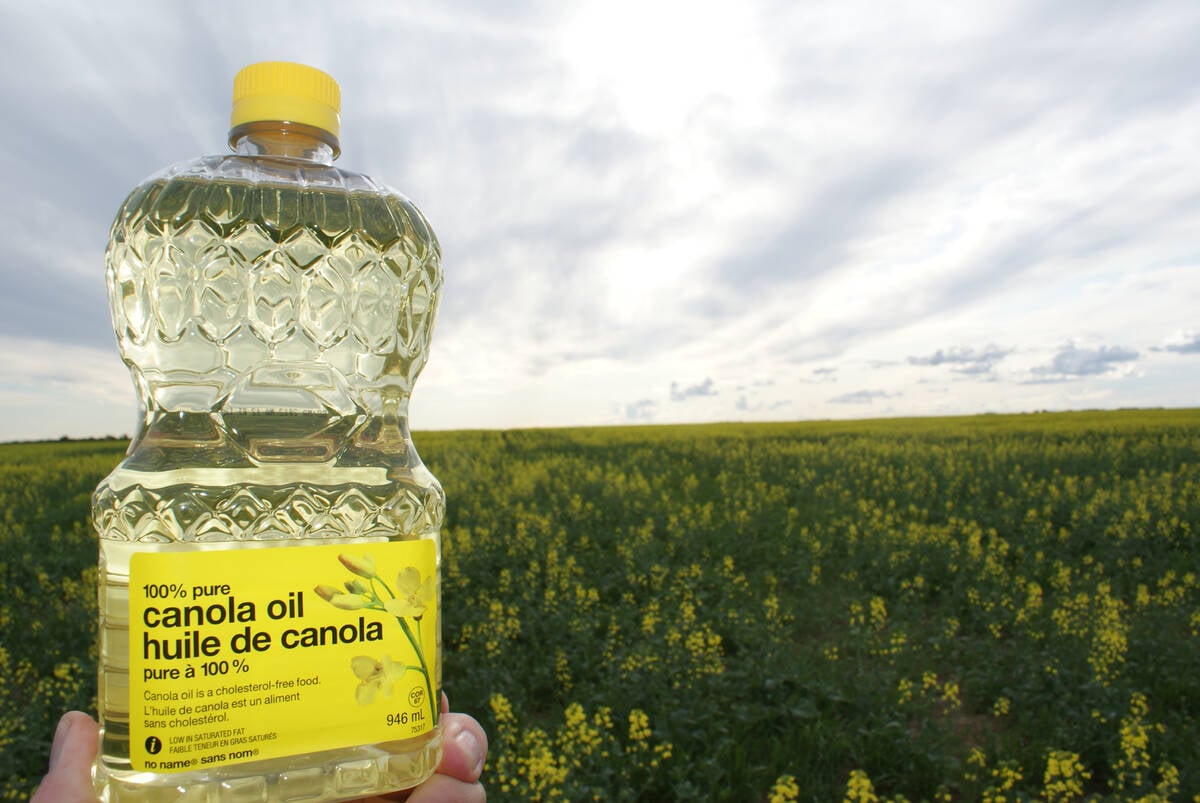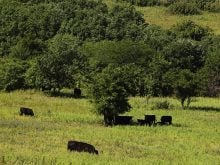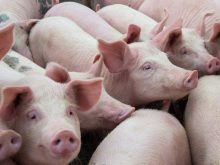For years, Ontario hog producer Curtiss Littlejohn has been a prominent face of Canada’s hog industry arguing for better government programs to help hog operations that are bleeding money.
Last week, the Canadian Pork Council board member and former president of Ontario Pork sat before the House of Commons agriculture committee as Exhibit A of what is happening to producers lacking generous program support.
He told MPs Nov. 23 that his Hamilton, Ont.-area operation is teetering on the brink of bankruptcy.
Read Also

Rising vegetable oil demand may offset bad biofuel news
Global biodiesel/renewable diesel production is expected to decline for the first time in a decade. Bad timing for a canola industry looking for new markets.
Profits have collapsed, debts have escalated and an attempt to finance a $2 million barn upgrade in 2005 turned from promise to fiasco when there were problems with the contractor, a lawsuit and a barn that still cannot be used.
The 600-sow farrow-to-finish operation, rated among the top five percent in efficiency in 2008, is surviving only because of off-farm income.
“Technically, we are broke,” Littlejohn told MPs. “If anyone was to want to give us a push, we would be in bankruptcy tomorrow.”
Suppliers continue to support him and the farm is in the debt mediation process.
Littlejohn said he represents the devastation that has hit the hog industry, particularly in Ontario.
The rising Canadian dollar, the 2009 H1N1 flu that was called swine flu and hurt sales and the circovirus disease have devastated the industry.
In 2004-05, his farm was riding high with a margin of $480,000. The next year, it fell to negative levels, “a $600,000 swing in 12 months.”
He said the outlook for the 2011 reference margin is minus $100,000.
“There’s no chance for any margins in our industry until well into 2015,” he told MPs. “We need some interim intervention.”
He pleaded for immediate changes to federal business risk management program rules to make more money available to struggling farmers. Ottawa has ruled out any changes until at least 2013.
Sitting beside Littlejohn at the Commons agriculture committee was Prince Albert, Sask., farmer Stuart Person, who represented the other side of the argument.
With high grain prices in recent years building up farmer margins, AgriStability provides decent support when prices fall, he said.
“At the moment, the risk management programs under the Growing Forward framework are actually very good for grain farmers in Western Canada,” he told MPs. “My recommendations would be that they stay in place. Farmers involved in production of crops, this is the best they have had it in terms of a program.”
He praised the previous Liberal government for bringing in the system and the current Conservative government for maintaining it.
But Person acknowledged that the program is not working for some sectors in a prolonged slump and has not always worked for grain when it was in a trough.
And in future, if grain prices fall for several years, the margin-based program will not serve the industry.
British Columbia tree fruit grower Roger Bailey told MPs that his sector is suffering because of low prices and dumping of American product. The apple industry supplies 50 percent of domestic demand and that percentage is falling.
Is a supply management system an answer for apple growers, asked Liberal MP Mark Eyking.
Bailey said it is not a preferred route because it would isolate Canadian producers from exports but it is being considered.
“That’s certainly on the table right now within the organizations,” he said.














